Envisioning the next generation of tall wood building design, manufacturing and construction
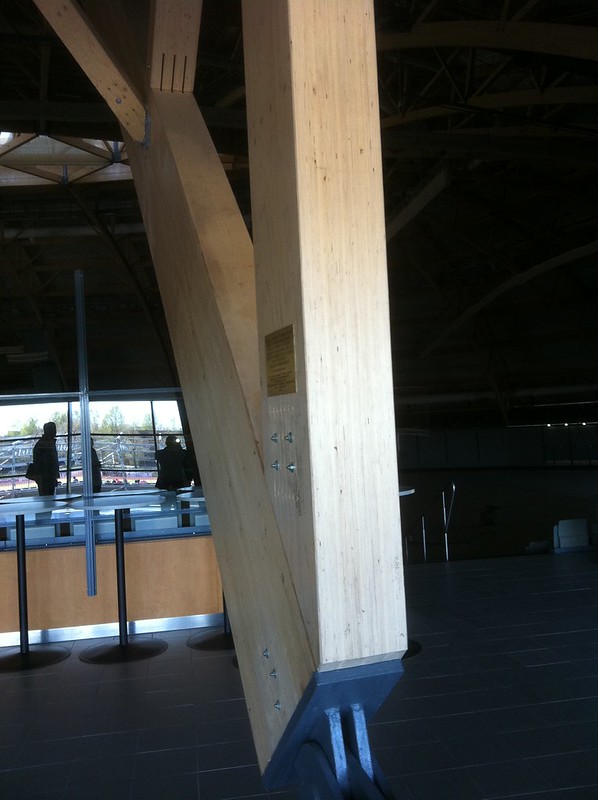
Formerly the stuff of dreams, tall wood buildings have arrived on the scene as a more sustainable alternative to concrete and steel construction. At 18-storeys, UBC’s Brock Commons mass timber student residence – made possible by a site-specific building code – became the world’s tallest wooden building in 2016. In 2020, the Government of BC’s Tall Wood Initiative allowed for the construction of 12-storey mass timber buildings across the province.
Environmentally, wood building construction is said to have key climate mitigating advantages. It’s estimated to have 20% less carbon dioxide (CO2) intensity in tons of emissions per dollar of output compared with fabricated metal products, 25% less CO2 intensity than cement and 50% less than iron or steel, according to a 2020 study led by researchers from the Massachusetts Institute of Technology.
The burgeoning tall wood building field has opened up a multitude of new avenues for research and innovation, sparking the launch of the Sustainable Timber Built Environment (STBE) cluster at UBC Forestry in 2022.
“STBE is a multidisciplinary social and applied sciences hub that supports teaching and research on holistic approaches to the manufacturing, design and construction of sustainable high-performance timber building systems,” notes cluster member and UBC Forestry Prof. in Wood Building Design and Construction, Frank Lam (BASc’82, MASc’85, PhD’92).
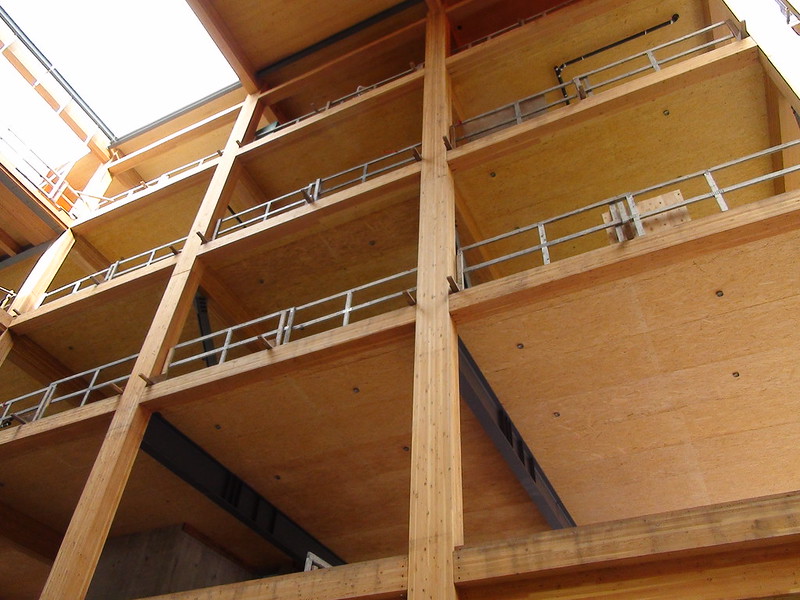
Currently comprised of a team of five UBC Forestry faculty members in the Department of Wood Science, the cluster is gearing up to attain great heights with mass timber and tall wood building technology.
“In the past, we processed material in one way, mostly focused on low-cost utilization,” notes Asst. Prof. Cristiano Loss, a STBE member and Assoc. Chair in Wood Building Design and Construction. “Now we want to create taller and stronger buildings, so we need to use wood from different types of trees and create and optimize new products and processes.
Another key to advancing the sector will be automation integration, adds Cristiano. Artificial Intelligence, machine learning tools and robotics could be used to aid in optimizing tall wood building design, construction and safety, as well as the manufacture of new engineered wood products. Advances in this field require training members of the up-and-coming workforce who will lead the charge in the coming years.
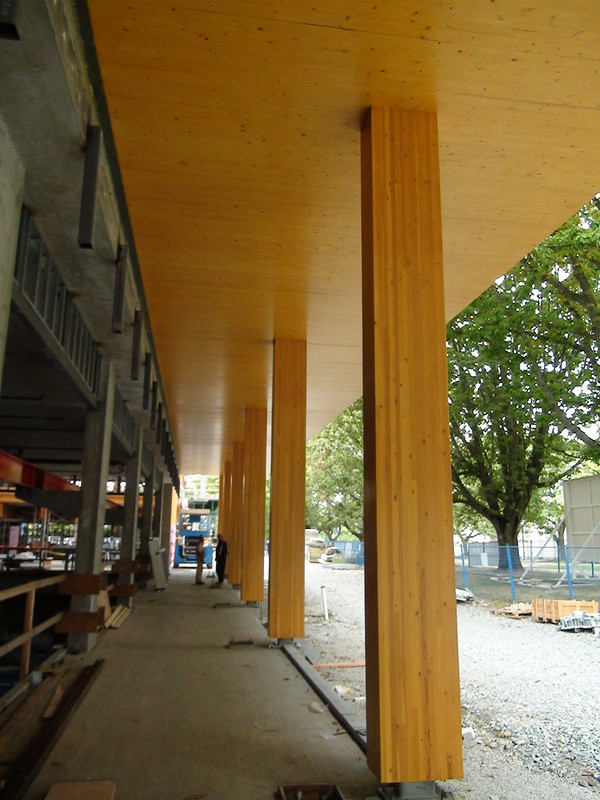
“In the near term, STBE will develop a stream in the undergraduate Wood Products Processing program on timber building systems, and set up course-based micro-certificates serving practicing professionals as well as new graduates,” notes Frank. “In the longer term, more involved graduate programs will be considered.”
Frank and Cristiano were recently been joined by STBE cluster members, Assoc. Prof. Minghao Li (PhD’09), Asst. Prof. Haibo Feng (MASc’13, Phd’21) and Asst. Prof. Felix Wiesner. Cluster members will lead several new tall wood building courses, as well as a new lab space to be housed in UBC Forestry’s Centre for Advanced Wood Processing.
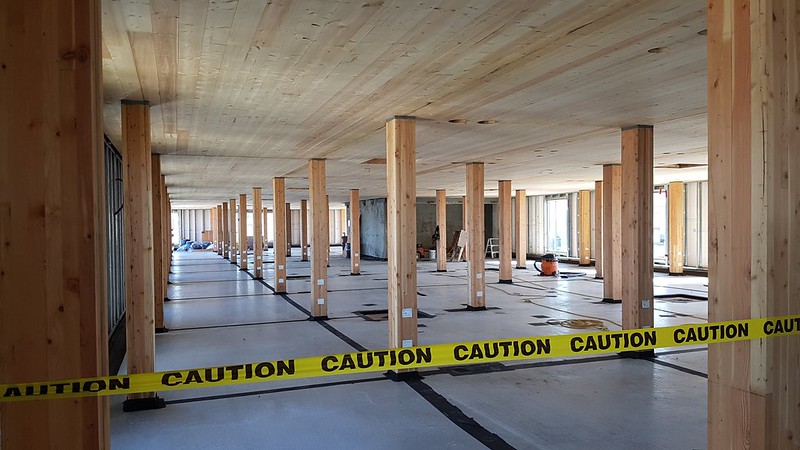
“Their expertise is most critical to the development and expansion of mass timber elements for larger and taller timber buildings,” says Frank. “It also nicely complements existing expertise at UBC Forestry and UBC Civil Engineering.”
STBE cluster members
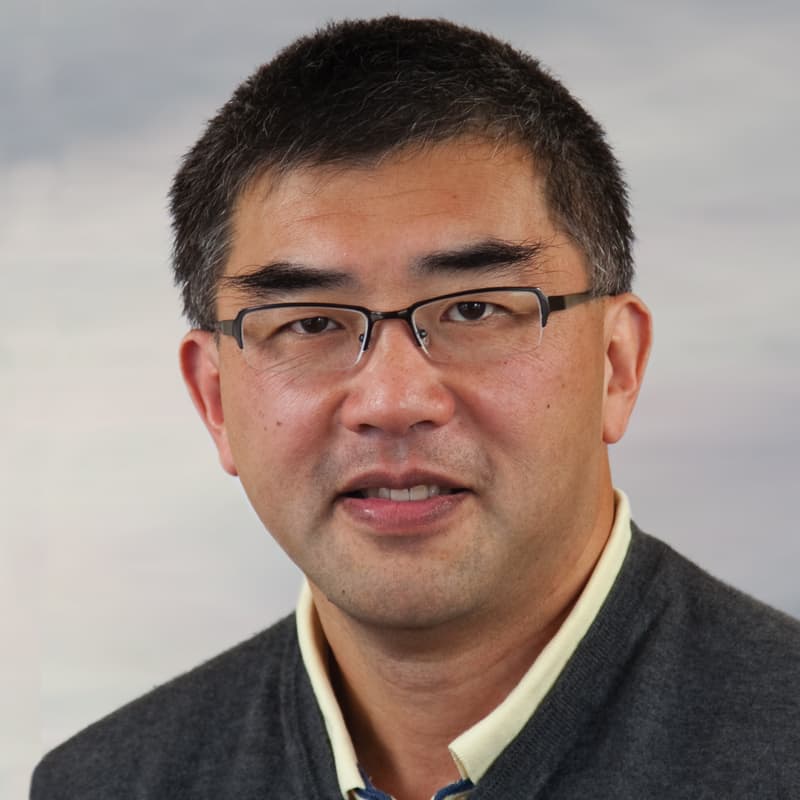
Prof. Frank Lam
BASc’82, MASc’85, PhD’92
Wood building performance and modeling
As senior chair in wood building design and construction, Frank’s main research interests include developing fundamental knowledge on the performance of solid sawn timber, wood-based composites and engineered wood systems, including testing and developing approaches to enhance the performance, strength and reliability of wood products. His work aims to address issues relevant to the forest products industries in the fields of timber engineering and wood-based composite mechanics to improve the utilization of structural wood products.
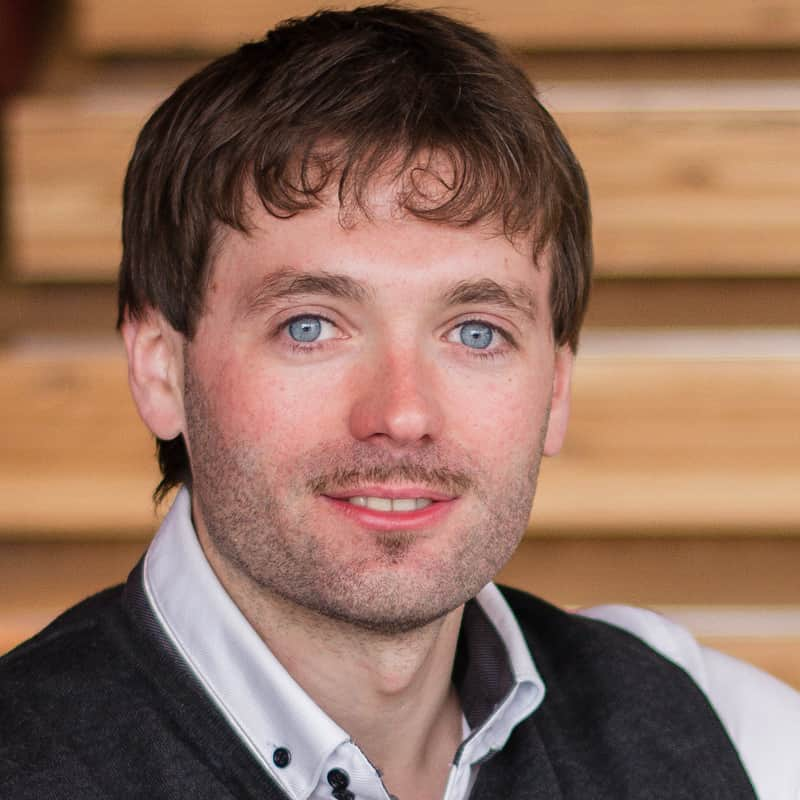
Asst. Prof. Cristiano Loss
Timber, structural and earthquake engineering
Cristiano’s research aims to develop high-performance, wood-based systems and structures, as well as related performance-based optimum design procedures for engineers to provide them with cost-effective and safer buildings that can withstand extreme events. His work focuses on integrating new engineered wood products, structural elements and prefabricated hybrid composite systems into a coherent framework of innovative methods of design and construction for the next generation of buildings and sustainable urban development.
Cristiano is the instructor for the Hybrid Timber Construction micro-certificate starting Fall 2023.
Register today.
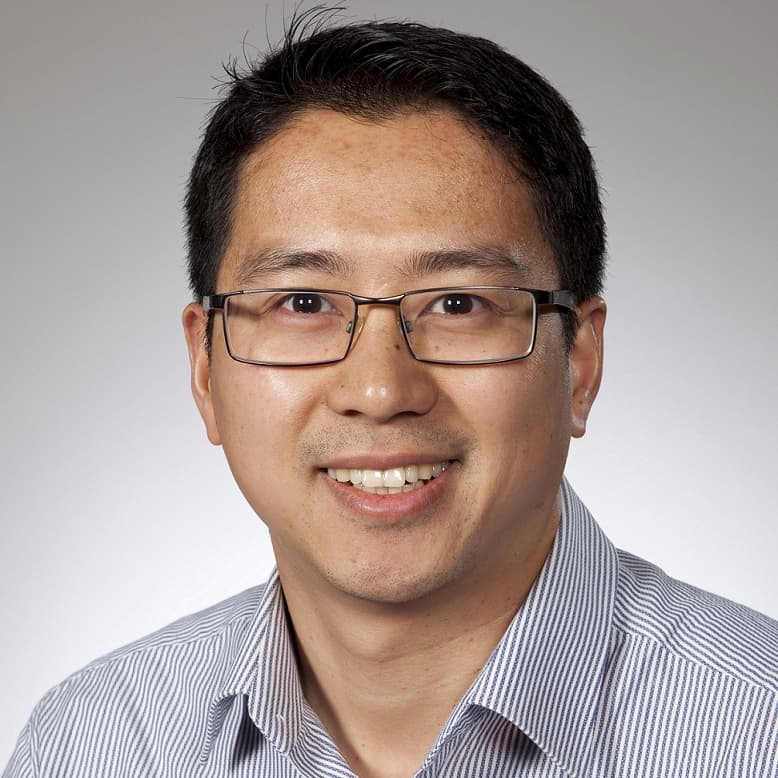
Assoc. Prof. Minghao Li
PhD’09
Structural aspects of wood buildings
The main thrust of Minghao’s research is to develop robust structural solutions for timber buildings via experimental, analytical and numerical techniques. He has extensively researched high-performance engineered timber products and innovative connection systems, mass timber and timber hybrid structures. He is particularly interested in the design of resilient timber buildings.
Minghao is the instructor for the Tall Wood Structures micro-certificate starting Fall 2023.
Register today.

Asst. Prof. Felix Wiesner
Fire safety, protection and resilience
Felix is an expert in fire safety engineering, with a focus on the fire performance of timber buildings and infrastructure. He has extensive experience in large-scale compartment fire tests to assess the fire dynamics in engineered timber buildings and their structural response. His research also considers the role of fire safety within the context of durability and service life of wood products.
Felix is the instructor for the Fire Safety for Timber Buildings micro-certificate starting Fall 2023.
Register today.
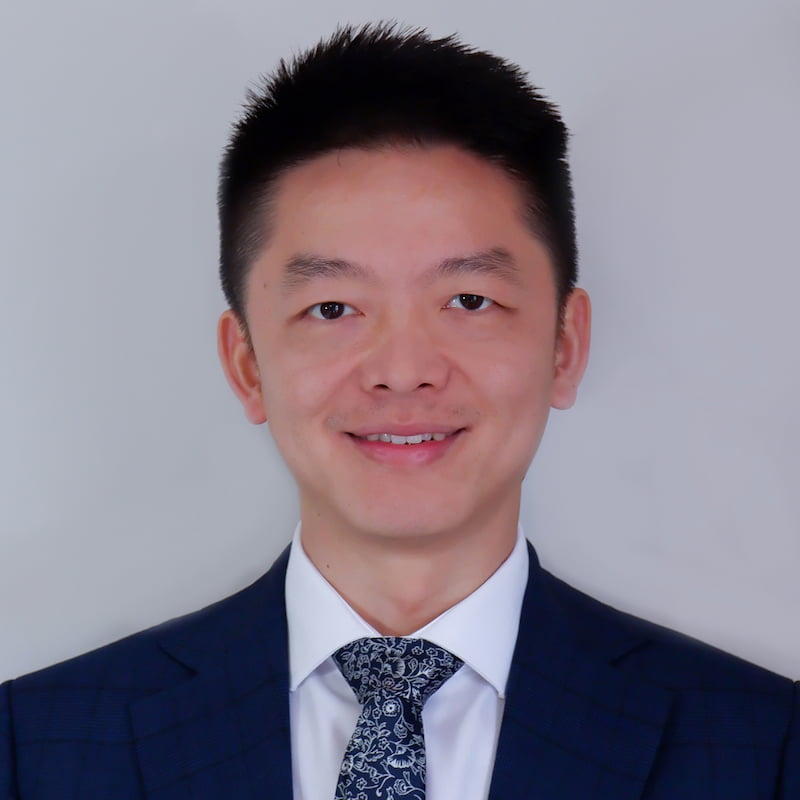
Asst. Prof. Haibo Feng
MASc’13, PhD’21
Sustainable building design
With a focus on green building, building information modeling, life cycle assessment and building energy and carbon performance, Haibo is particularly interested in using sustainable technologies to promote zero-carbon timber-frame buildings. He also has extensive local and global experience in sustainable building design and construction management.
Haibo is the instructor for the Zero Carbon Building Solutions micro-certificate starting Fall 2023.
Register today.
This article was originally published in the Spring 2023 issue of Branchlines Magazine. View the full issue here.
Register for UBC Forestry’s Mass Timber Building micro-certificates.
Comments are closed, but trackbacks and pingbacks are open.